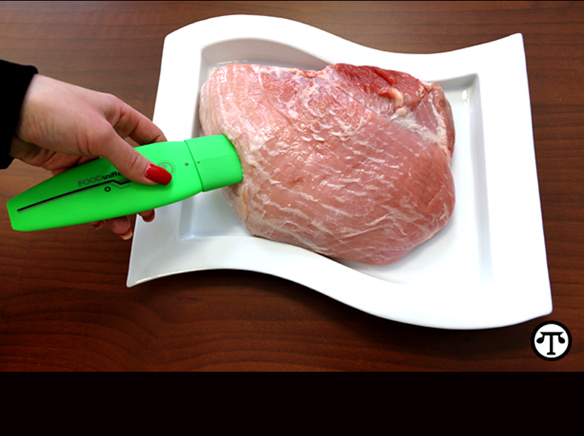(NAPS)—If your family is like most in America, you’ve been throwing away about $2,000 every year. That, according to the USDA Economic Research Service, is the cost of what the average family of four throws away as spoiled or suspect food. In fact, over 90 percent of Americans may be prematurely tossing food because they misinterpret expiration dates, according to the study by Harvard Law School’s Food Law and Policy Clinic. Fortunately, you may not have to.
(NAPS)—If your family is like most in America, you’ve been throwing away about $2,000 every year. That, according to the USDA Economic Research Service, is the cost of what the average family of four throws away as spoiled or suspect food. In fact, over 90 percent of Americans may be prematurely tossing food because they misinterpret expiration dates, according to the study by Harvard Law School’s Food Law and Policy Clinic. Fortunately, you may not have to.
The problem is, while you don’t want to waste food—and money—you don’t want to get sick from eating something rotten, either. The Centers for Disease Control and Prevention estimates that each year, roughly one in six Americans (or 48 million people) gets sick from food-borne illnesses.
What You Can Do
There are, however, seven steps you can take to protect your money and your life:
1.Buy only from shops that follow proper food-handling practices.
2.Keep raw meat, poultry and seafood separate from other foods.
3.Don’t buy food in cans that are bulging or dented or jars that are cracked or have loose or bulging lids.
4.Don’t buy frozen food if the package is open, torn or crushed on the edges.
5.Before buying eggs, see that they’re clean and not cracked.
6.Remember, perishable foods should not be left at room temperature longer than two hours.
7.Don’t depend on your nose alone to tell you whether an item in your refrigerator is good enough to eat. That’s where an ingenious new device can come in.
The world’s first handheld, Bluetooth-enabled “electronic nose” has been created that connects with iOS- and Android-powered tablets and smartphones. It samples the air near the food you’re concerned about and analyzes the sample using a different algorithm depending on whether it’s testing beef, poultry, pork or fish.
After extensive calculations in the cloud, it returns one of three possible results: fresh, cook well or spoiled. Independent laboratory testing found its results are 80 to 95 percent accurate.
This electronic nose is so much better than your human one because many of the volatile organic compounds emitted by spoiling food are odorless. As a result, meat and fish can be unsafe to eat but still look and smell okay.
Called the FOODsniffer, the device is available at www.myfood sniffer.com or by calling (800) 813-3712.



















